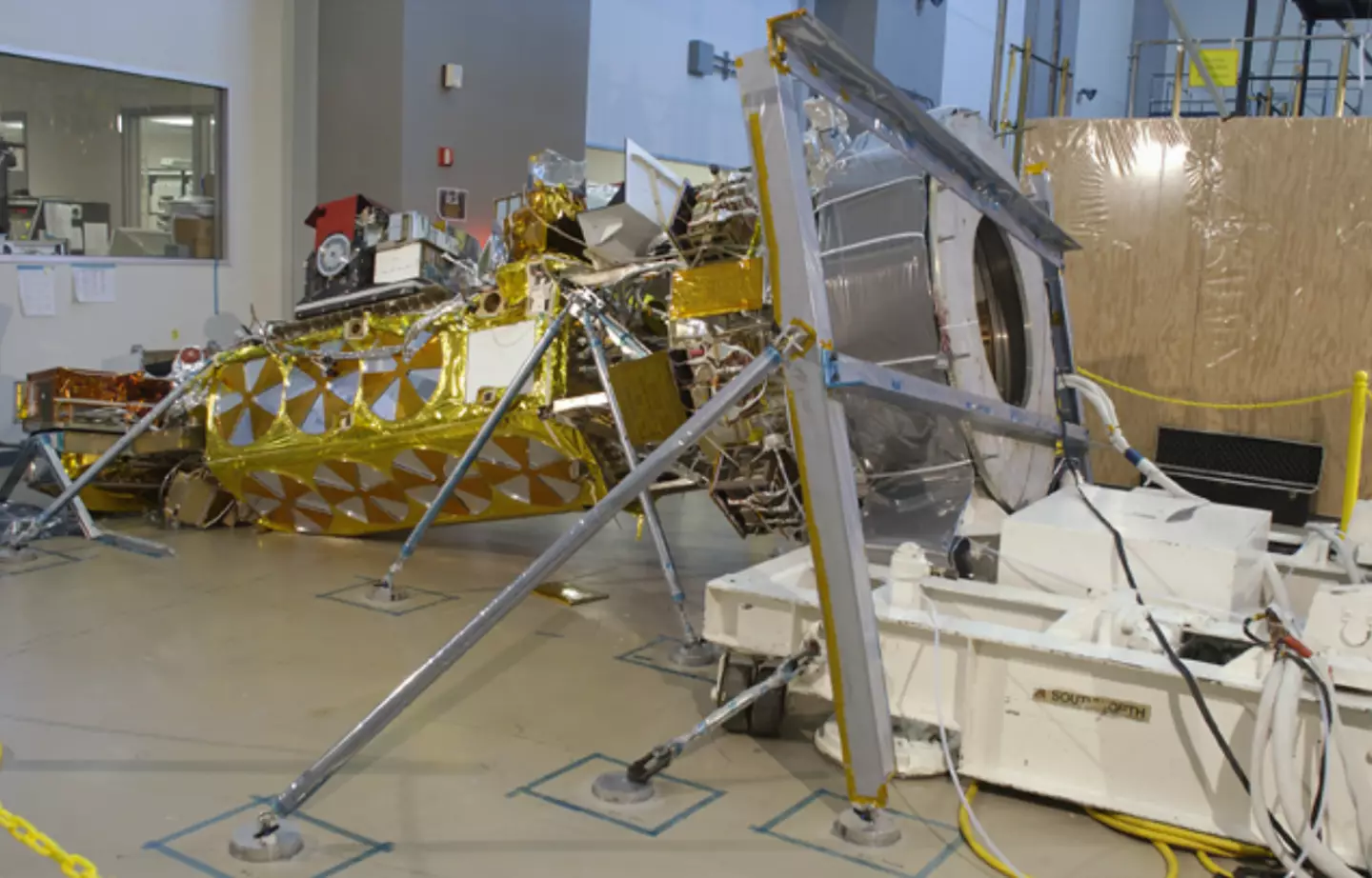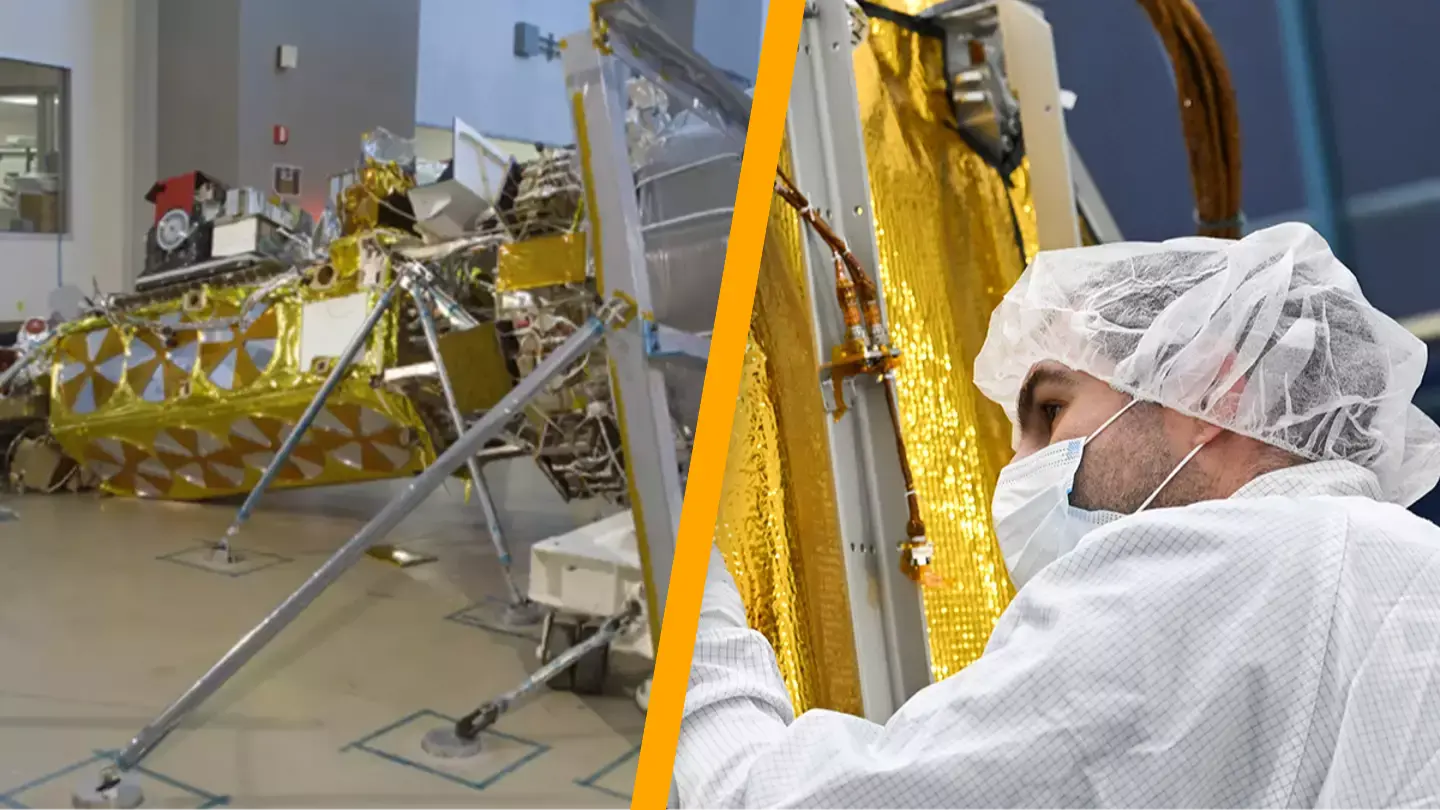We’ve all experienced blunders at work, but in the realm of space exploration, errors can be particularly expensive.
Take the instance when NASA and the U.S. National Oceanic and Atmospheric Administration (NOAA) employed a contractor, and it resulted in a major mishap.
In 2003, Lockheed Martin was tasked with building the NOAA N-Prime weather satellite, a project valued at $233 million, at their manufacturing site in California.
Unfortunately, the high-tech satellite experienced a fall from a cart during transportation. Oops.
During the incident, the satellite was in the process of being shifted from a vertical to a horizontal position and unintentionally plunged a meter onto a concrete floor.
Thankfully, there were no injuries, but the satellite was severely damaged.
It was later revealed that NOAA N-Prime, which would eventually be known as NOAA-19, incurred substantial damage from the fall, leading to additional repair costs.
The responsibility fell on Lockheed Martin, which had to relinquish any profits already made or anticipated to cover the hefty expenses, while the U.S. Government shouldered the remainder.
‘And I hope George W. Bush was sitting down when he received the news as they had to pay a staggering $135 million’, NASA spokesman Dave Steitz noted at the time, according to Space.com.

An investigation into the incident was launched and determined that a seemingly minor oversight had led to the extensive damage.
It was reported that the physical destruction was due to the absence of just 24 bolts.
These bolts were intended to secure the satellite to a device known as the Turn-Over Cart (TOC).
A NASA report explained: “The bolts were removed from the TOC by another project while the cart was in a common staging area, an activity which was not communicated to the NOAA project team.”
Oops.
The investigation concluded that the accident could have been avoided had the bolts been properly installed.

NASA spokesman Dave Steitz and Lockheed Martin Space Systems spokesman Buddy Nelson confirmed that at least 15 percent of the satellite required replacement.
In a statement at the time, Nelson said: “Lockheed Martin has voluntarily contributed to the rebuild effort all profit previously earned and paid on the contract.
“The company will undertake the completion of the N-Prime satellite bus on a cost-only basis, forgoing all profits that otherwise might have accrued to Lockheed Martin for this spacecraft bus.”
The satellite’s launch was delayed until December 2007, eventually taking place in February 2009.
The NOAA-19 was the final satellite in the series for the American National Oceanic and Atmospheric Administration.

